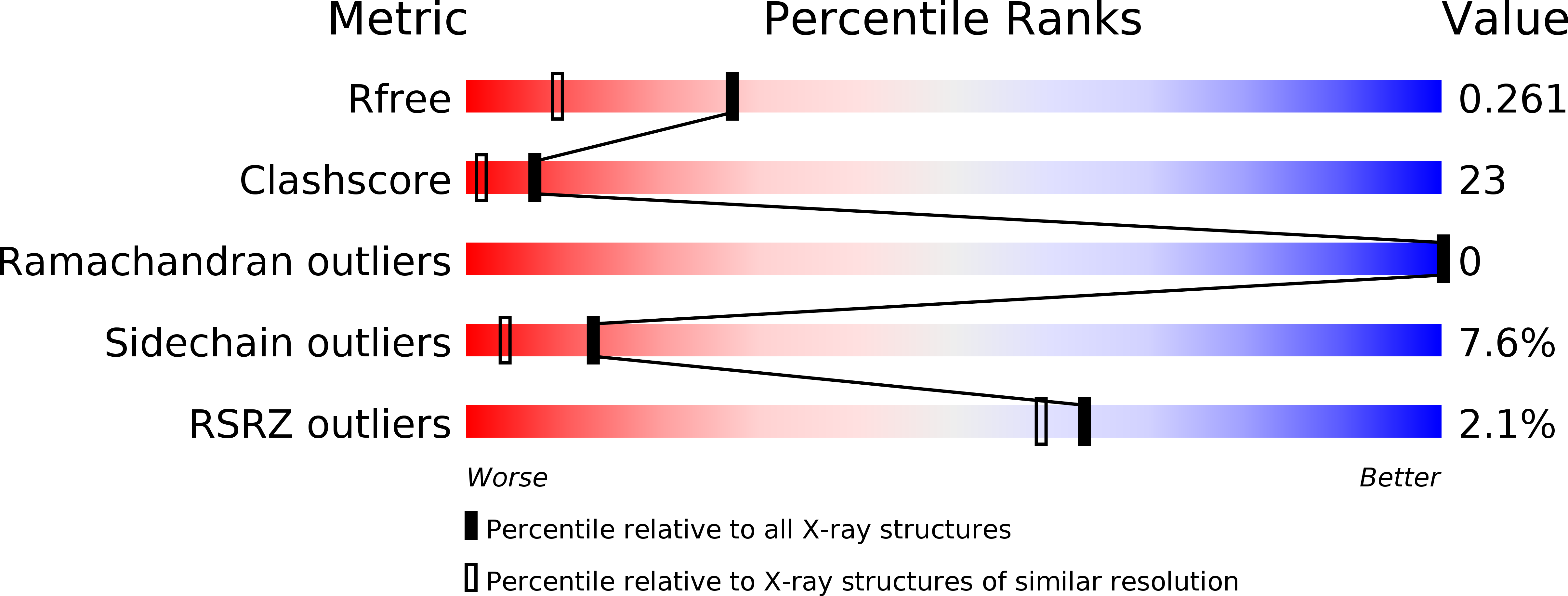
Deposition Date
2009-01-27
Release Date
2009-04-14
Last Version Date
2023-11-01
Entry Detail
PDB ID:
3G03
Keywords:
Title:
Structure of human MDM2 in complex with high affinity peptide
Biological Source:
Source Organism:
Homo sapiens (Taxon ID: 9606)
Host Organism:
Method Details:
Experimental Method:
Resolution:
1.80 Å
R-Value Free:
0.26
R-Value Work:
0.21
R-Value Observed:
0.21
Space Group:
P 21 21 21


